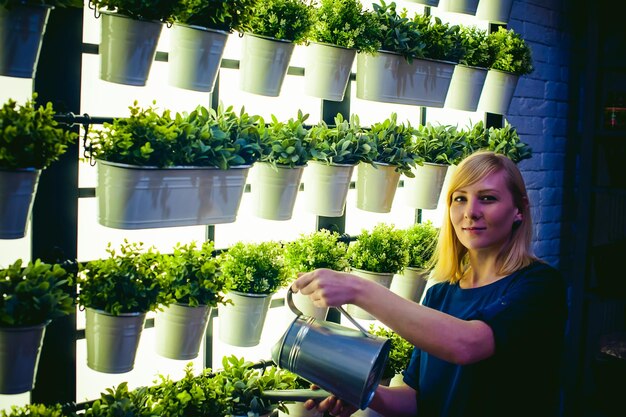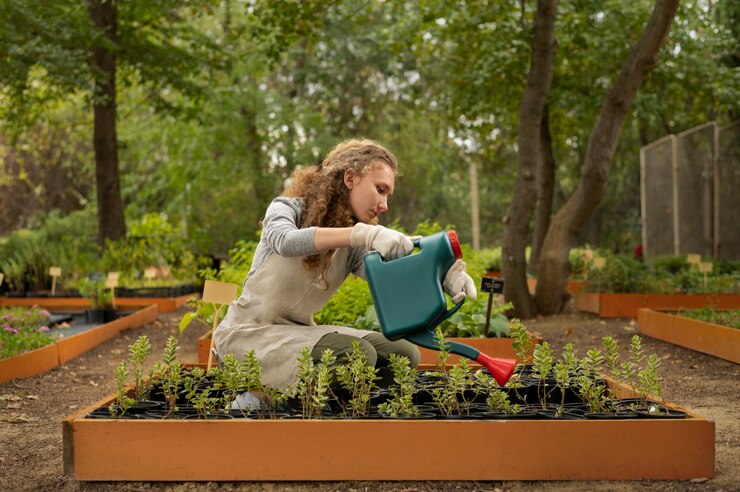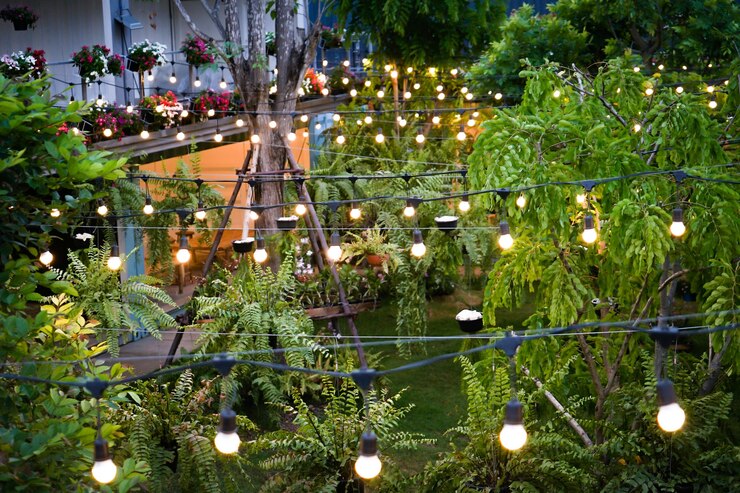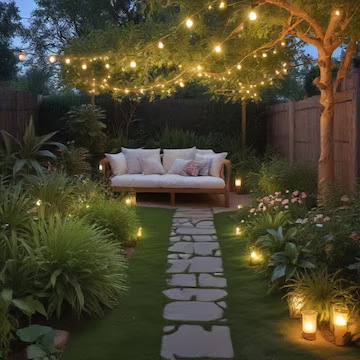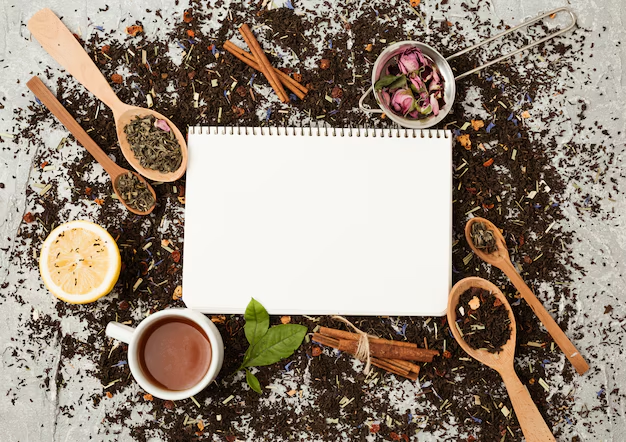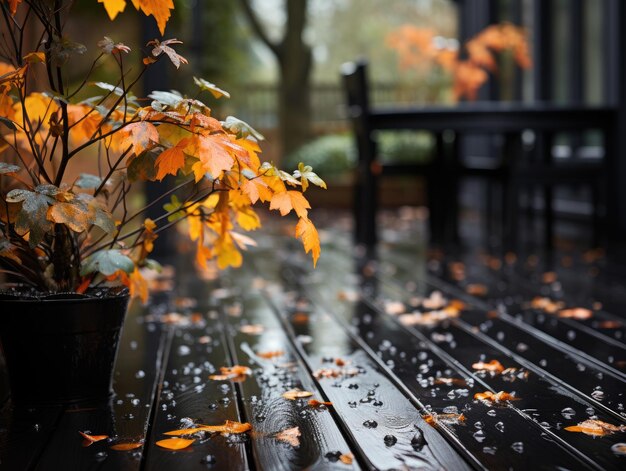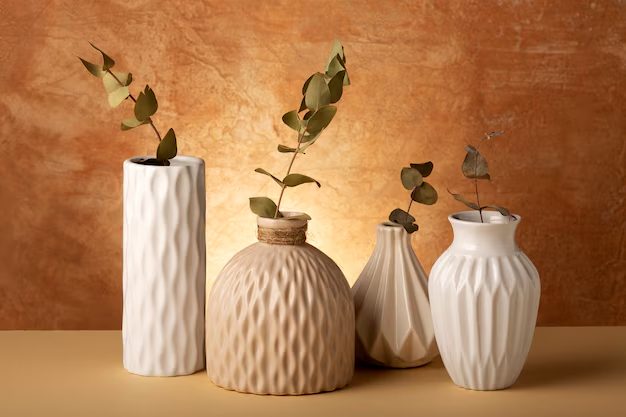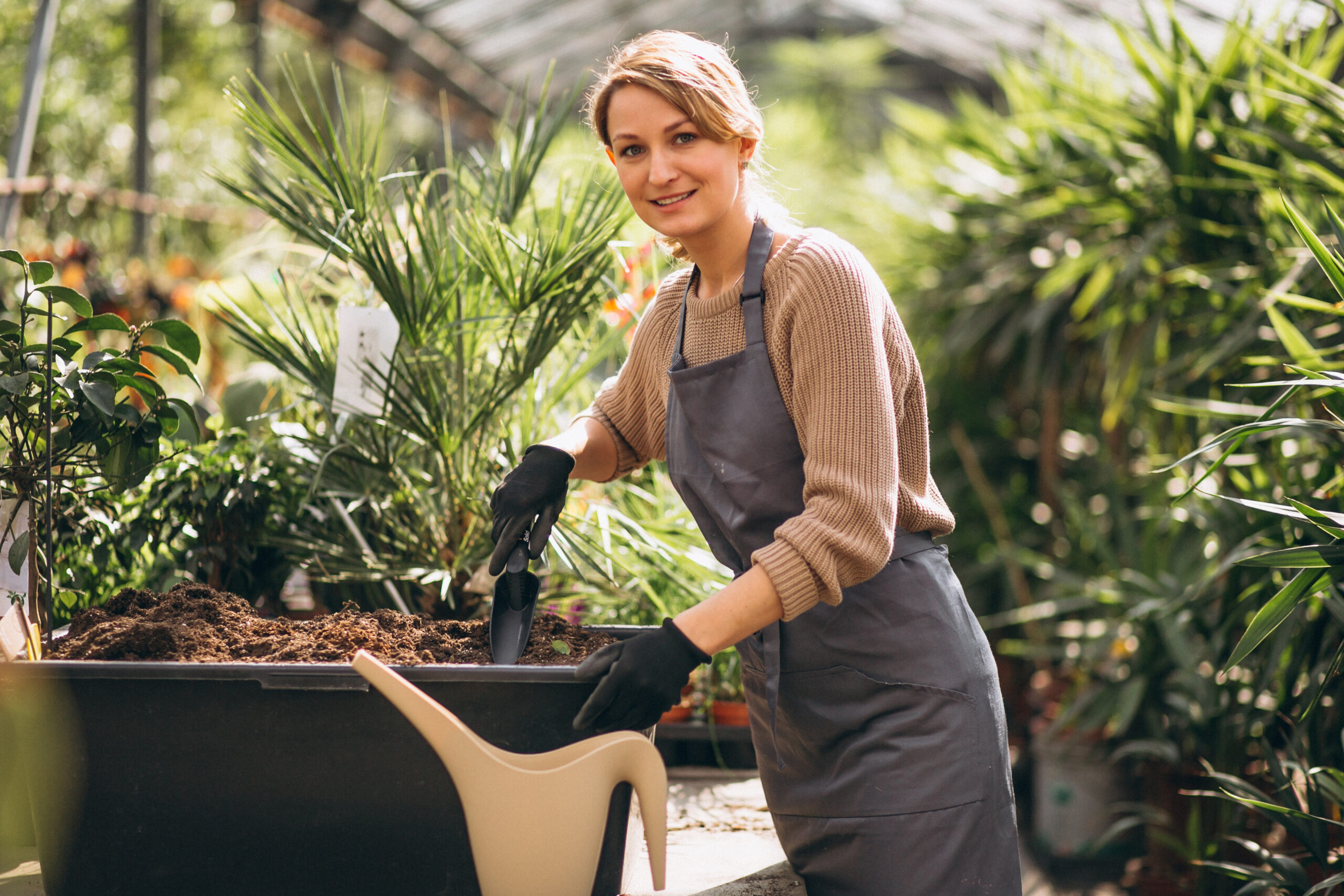Persian Garden Styles: Traditional vs. Modern Interpretations

Persian Garden
Persian gardens are a tribute to the skill of designing tranquil and exquisite outdoor areas, distinguished by their rich vegetation, cascading water elements, and symmetrical patterns. These gardens are famous for Persian heritage and culture. In addition, they have a lengthy history. There are now two types of Persian garden designs: traditional and modern. Each offers a distinct aesthetic and set of design concepts.

Traditional Persian Gardens
Persian traditional gardens, commonly referred to as “The kingdom of heaven Gardens,” . The traditional layout of the design is a four-part garden, with four quadrants separated by paths or water channels. A fountain or reflecting pool in the middle of the garden is a common feature of these landscapes and cleanliness. In addition to its aesthetic value, Water is also used for irrigation and cooling purposes.

Traditional Iranian gardens commonly planted with cypresses, flowers, and fruit trees, such as figs and pomegranates. The focus is on establishing a verdant, lush space that provides scent and shade. Thus, Pavilions and tiled barriers, and arched gateways are examples of architectural features that add to the garden’s beauty and offer areas for rest and reflection.
Modern Interpretations of Persian Garden
Persian garden in their modern guises maintain the spirit of the classic designs while adjusting to modern urban lifestyles and sensibilities. . Persian gardens of today frequently employ minimalist design ideas and a tasteful blending of natural and artificial components.
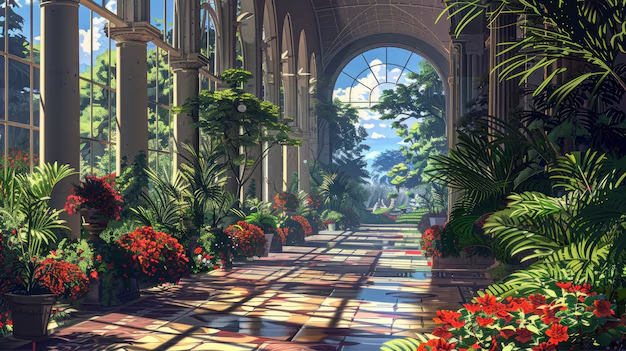
These gardens have a clean and elegant appearance because to the use of contemporary materials like concrete and glass. Similarly, Persian garden design is now feasible in smaller urban areas thanks to contemporary modifications including courtyard landscaped areas and vertical gardens.
Trendy Persian Garden Design Ideas:
- Water Features: Include contemporary reflecting pools or fountains with streamlined design elements.
- Geometric Planting: Arrange a range of plants on beds of soil or planters to form geometric designs
- Lighting: To draw attention to important architectural details, water features, and walkways, use soft lighting.
Conclusion:
The Persian garden design offers a distinctive approach to creating lovely, tranquil outdoor areas, whether one chooses to embrace the rich legacy of ancient Persian gardens or investigates the streamlined aesthetics of contemporary adaptations.



